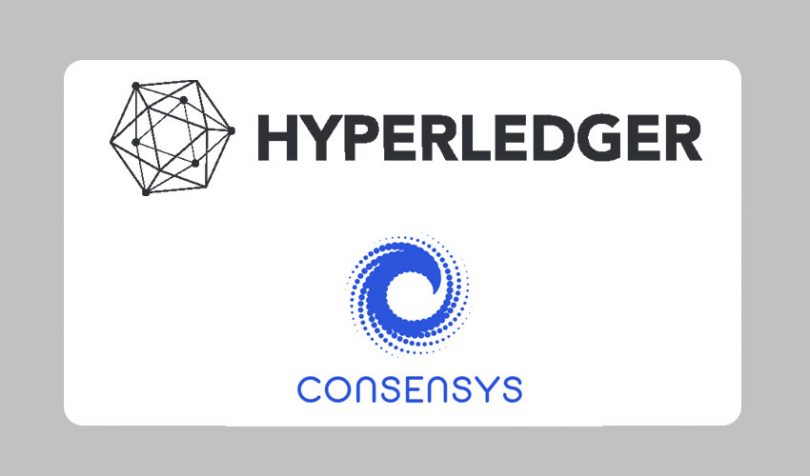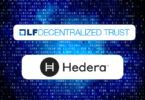Today, ConsenSys became a premier member of open-source blockchain community Hyperledger. The leading organizations have joined forces for interoperability and the development of standards in the enterprise blockchain sector. As an Ethereum focused developer, ConsenSys joining Hyperledger is the latest collaboration between the leading blockchain alliances.
The news comes a couple of weeks after Hyperledger announced that Pantheon, an Ethereum client by ConsenSys startup PegaSys, is now the Hyperledger Besu project. Besu looks to be a prime competitor of JP Morgan’s Quorum, which is also an Ethereum-based enterprise platform.
At the time, PegaSys praised Hyperledger’s attitude to open-source and collaboration across platforms. Indeed, submitting Besu to the consortium may have helped open the door to premier membership for ConsenSys.
As Brain Behlendorf, Hyperledger’s Executive Director, put it: “By submitting the code for Hyperledger Besu right out of the gate, ConsenSys is showing its support for our mission to build a broad coalition for advancing enterprise blockchain.”
He continued: “The more technologies and members we have working together, the stronger the foundation we can collectively build for blockchain-based solutions.”
Today’s announcement signifies perhaps the biggest step yet in the Enterprise Ethereum Alliance (EEA) connecting with Hyperledger. ConsenSys was one of the founders of the EEA, is a driving force, and has had a representative on the 12-member EEA board since the beginning.
The two became members of the other’s organizations within the last year. Apart from offering Besu, Hyperledger already has a separate Ethereum client known as Burrow. Hyperledger last year integrated support for Ethereum’s smart contract language Solidity in its Fabric platform. The inclusion of ConsenSys adds Joe Lubin, founder of the firm and co-founder of Ethereum, as the 22nd member of Hyperledger’s board.
“PegaSys and ConsenSys have been committed to open-source software and submitting Hyperledger Besu to Hyperledger demonstrates that commitment,” stated Lubin. “Public networks with tens of thousands of nodes are most appropriate in a world in which we will see the tokenization of many types of assets and resources,” he added.
Many EEA members are already sold on the potential for enterprises to use public blockchains in the future as they mature. With both the EEA and ConsenSys now members of Hyperledger, there’s scope to persuade yet another enterprise audience about the benefits of public blockchains. The other advantage is they can avoid overlap in initiatives. For example, Hyperledger had a project on how to measure blockchain performance, and the EEA had an initiative to define the taxonomy of tokens.
Besu, based on widely used language Java, is the 15th Hyperledger project but only the first to operate on a public blockchain. French startup Liquidshare adopted Besu, then known as Pantheon, over other clients including Quorum.






